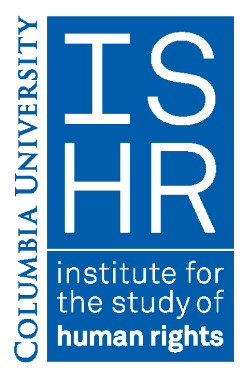| Title | Þingvellir: An Icelandic "Lieu de Memoire" |
| Publication Type | Journal Article |
| Year of Publication | 2000 |
| Authors | Gudmundur Halfdanarson |
| Journal | History and Memory |
| Volume | 12 |
| Issue | 1 |
| Pagination | 5 |
| ISSN | 0935560X |
| Abstract | "When each of us looks over his shoulder," wrote the French nationalist writer Maurice Barrès early in the twentieth century, "he sees a succession of indefinable mysteries, which in recent times have come to be called France. We are the sum of a collective life that speaks in us. May the influence of our ancestors be permanent, the sons of the soil vital and upstanding, the nation one."(10) According to Barrès, a nation is a bounded community of citizens that is constituted through history, in which the past and the present are linked in one collective group -- in other words, it is a two-dimensional group, operating simultaneously in the past and the present. The first of these dimensions is maintained through what can be termed as the "mystery of the daily plebiscite" or the "mystery of the volkgeist," depending on our understanding of the national community, and the second through the "mystery of collective memory" or "collective ancestry."(11) The first set of these "indefinable mysteries," to repeat Barrès' phrase, pertains to the idea that the nation forms a metaphorical individual, almost an organic person, with one soul, and one will to act.(12) The second set legitimizes the first; that is, just as all persons remember their past and are formed through their individual experiences, nations trace their collective development through time in order to explain their alleged characteristics and peculiarities in the present. |
| URL | http://search.proquest.com.libproxy.cc.stonybrook.edu/docview/195104909/140C701918C192F0132/1?accountid=14172 |
| Short Title | Þingvellir |





